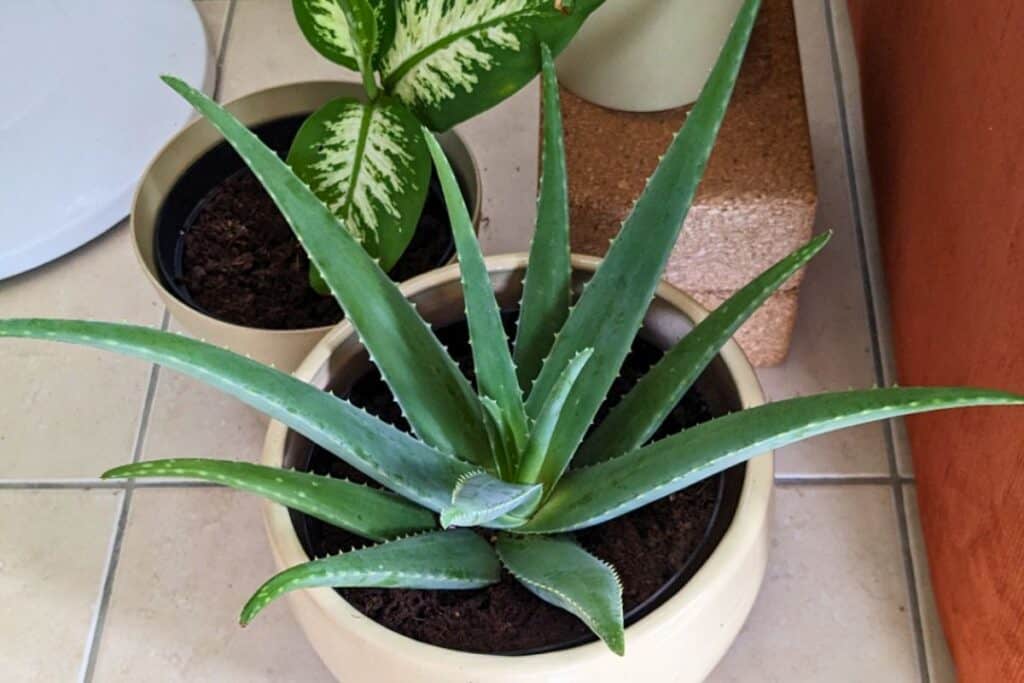Coffee grounds are often praised as a natural fertilizer, but when it comes to aloe vera, things get a little more complicated. While they’re great for some plants, using them with succulents like aloe might not be the best idea. Before sprinkling leftover grounds into your pot, it’s worth understanding how aloe vera’s unique needs might clash with this popular gardening trend.

🚫 Why Coffee Grounds Might Be a Problem
Even though coffee grounds seem like a smart, eco-friendly choice, they can actually cause trouble for aloe vera. Here’s why:
- They hold moisture, but aloe prefers dry, fast-draining soil.
- They can make the soil too compact, which limits airflow to the roots.
- Coffee is acidic, and aloe likes soil that’s more neutral or slightly alkaline.
- The nutrients in coffee grounds don’t match what aloe vera needs—especially the high nitrogen content.
These issues can lead to yellowing leaves, slow growth, or even root rot.
🌵 What Aloe Vera Really Needs

Aloe vera is a desert plant, so it thrives in conditions that mimic its natural habitat:
- Loose, sandy soil with good drainage (think perlite, coarse sand, and cactus mix)
- A pH level between 6.0 and 7.0
- Low nitrogen, but balanced amounts of phosphorus and potassium
Keeping the soil in check helps aloe grow strong and healthy. If the balance is off, you might notice pale leaves or weak growth.
✅ Better Fertilizer Options for Aloe
Instead of coffee grounds, try fertilizers made for succulents or cacti. These are designed to match aloe’s nutrient needs. You can also use natural options like diluted fish emulsion. Here are some tips:
- Use succulent fertilizer at half strength
- Feed once in spring and once in summer
- Choose slow-release granules or liquid forms
- Watch leaf color to spot any nutrient problems early
Timing matters—feeding aloe at the right time helps it grow without damaging the roots.
🌞 Aloe Vera Care Tips
Fertilizer is just one part of aloe care. To keep your plant happy:
- Water deeply but not often—let the soil dry out between waterings
- Place in bright, indirect sunlight
- Keep temperatures between 55–80°F (13–27°C)
- Check for pests like mealybugs and scale insects
- When growing new plants, let the baby “pups” dry before planting
- Use clean, well-draining soil for propagation
